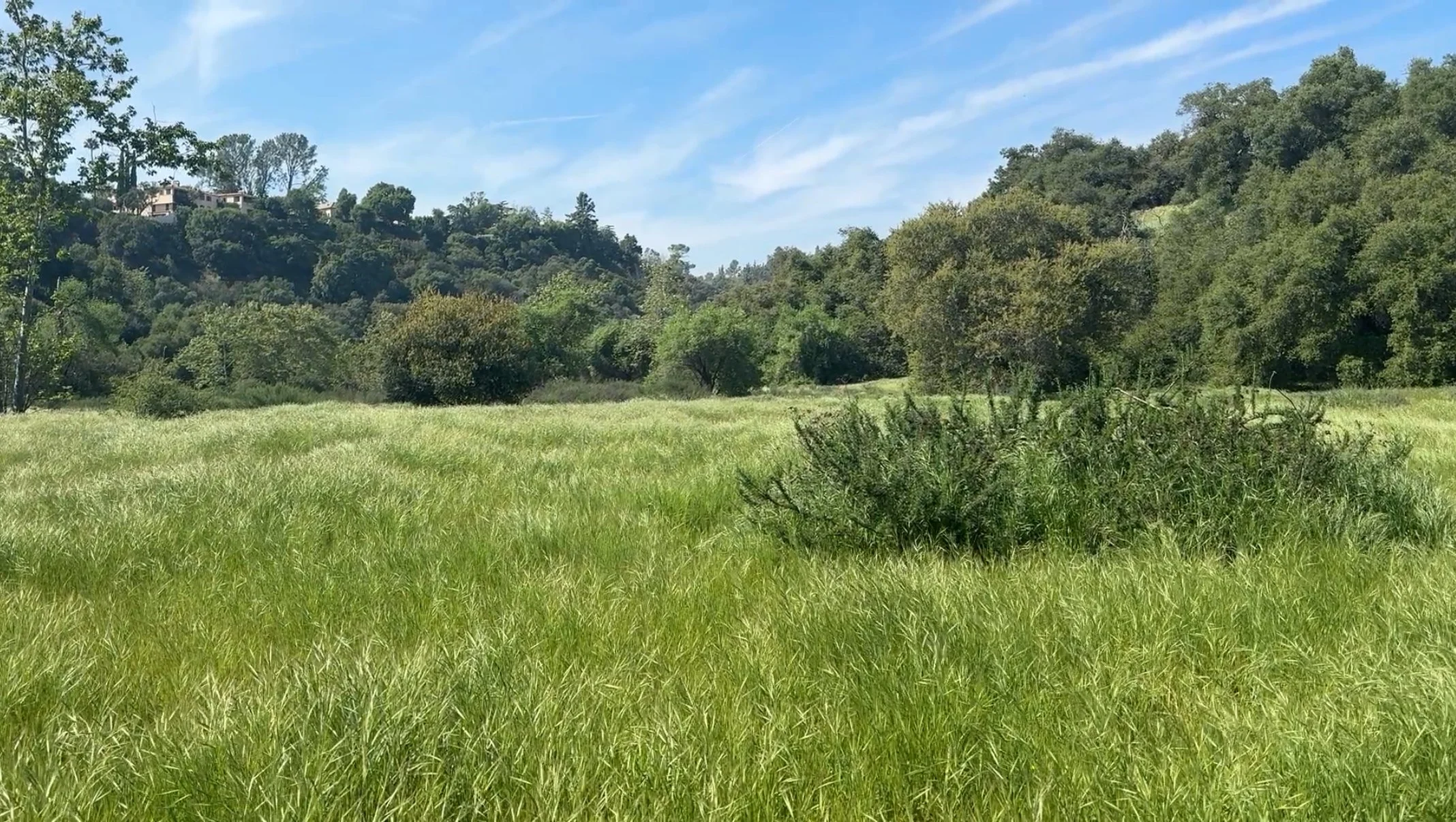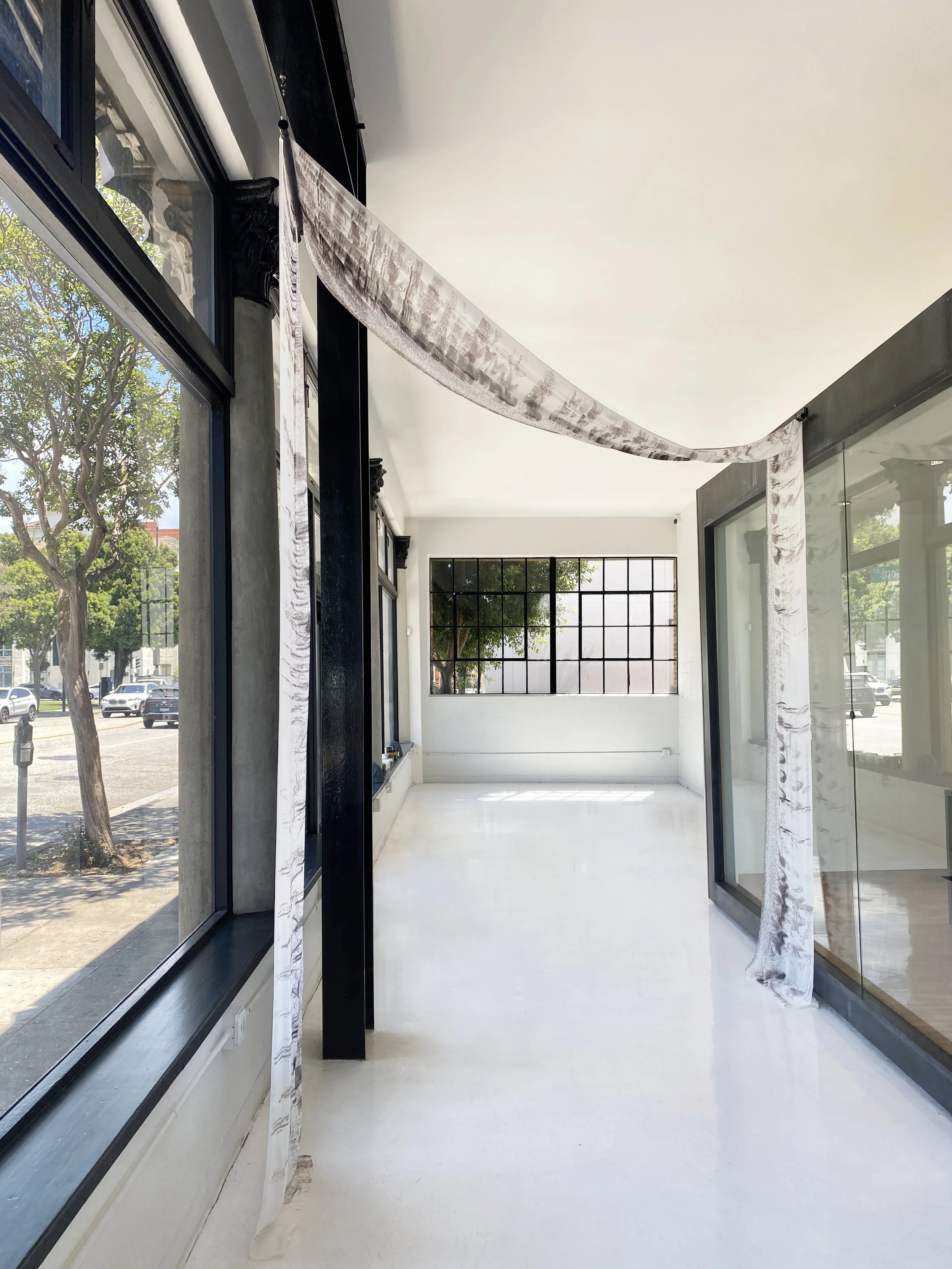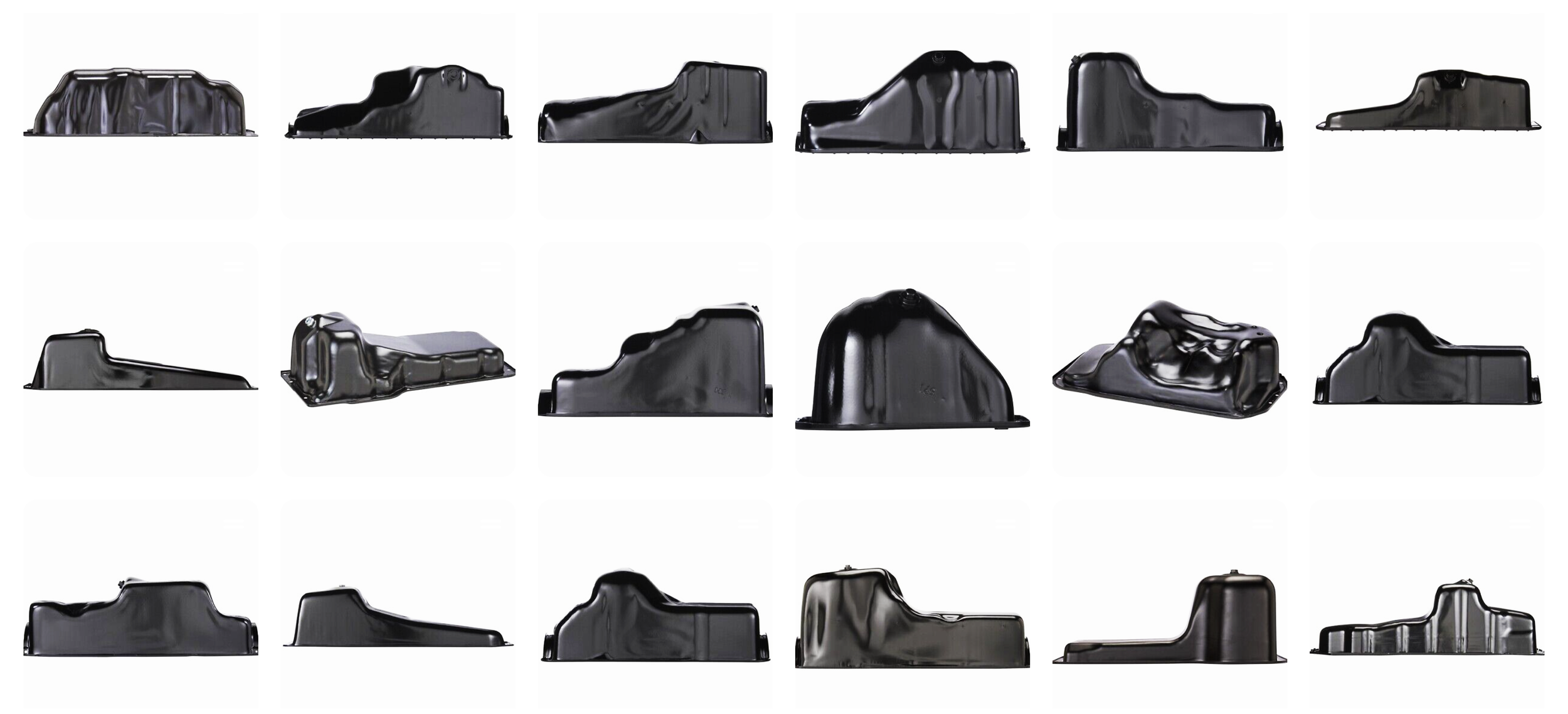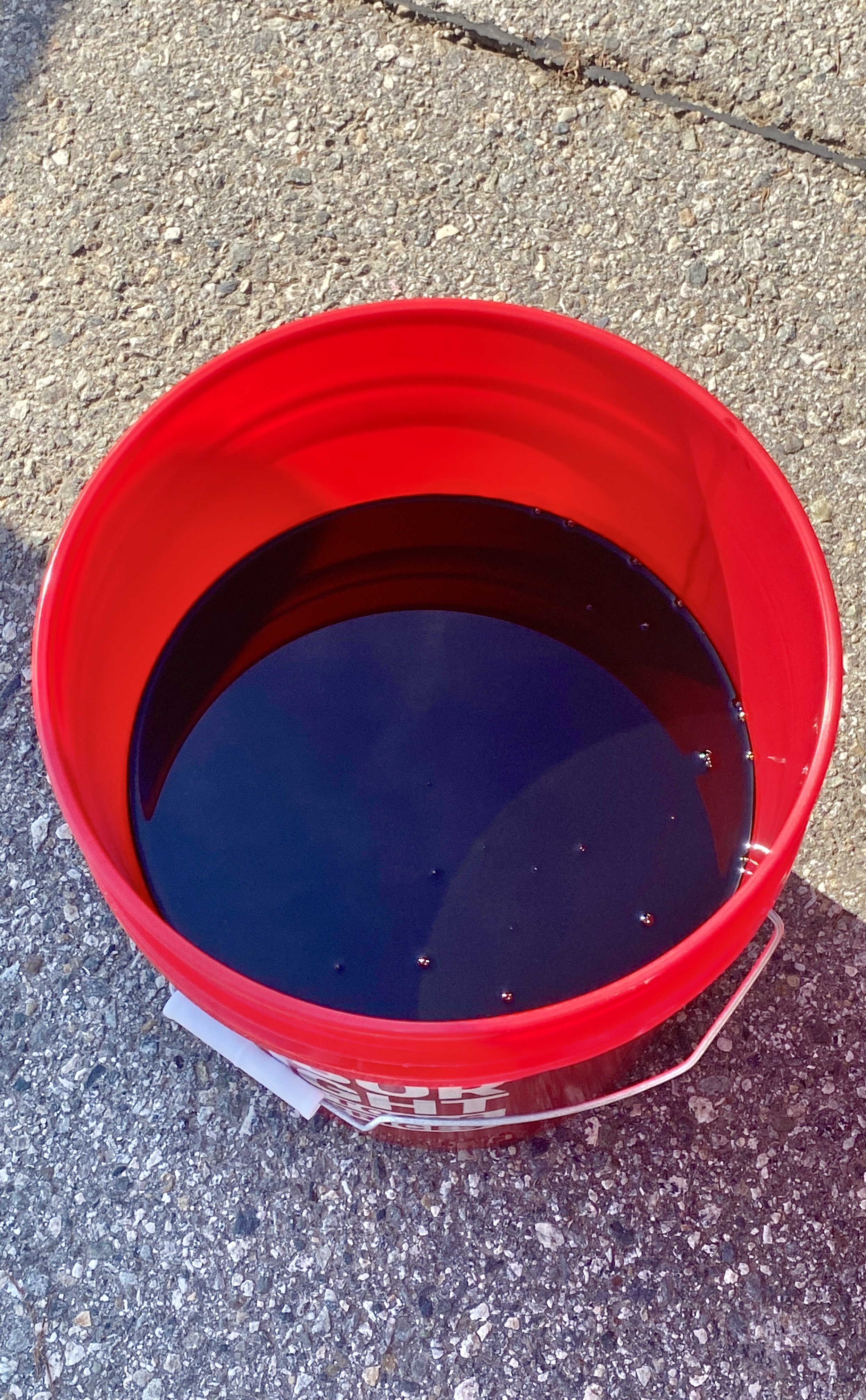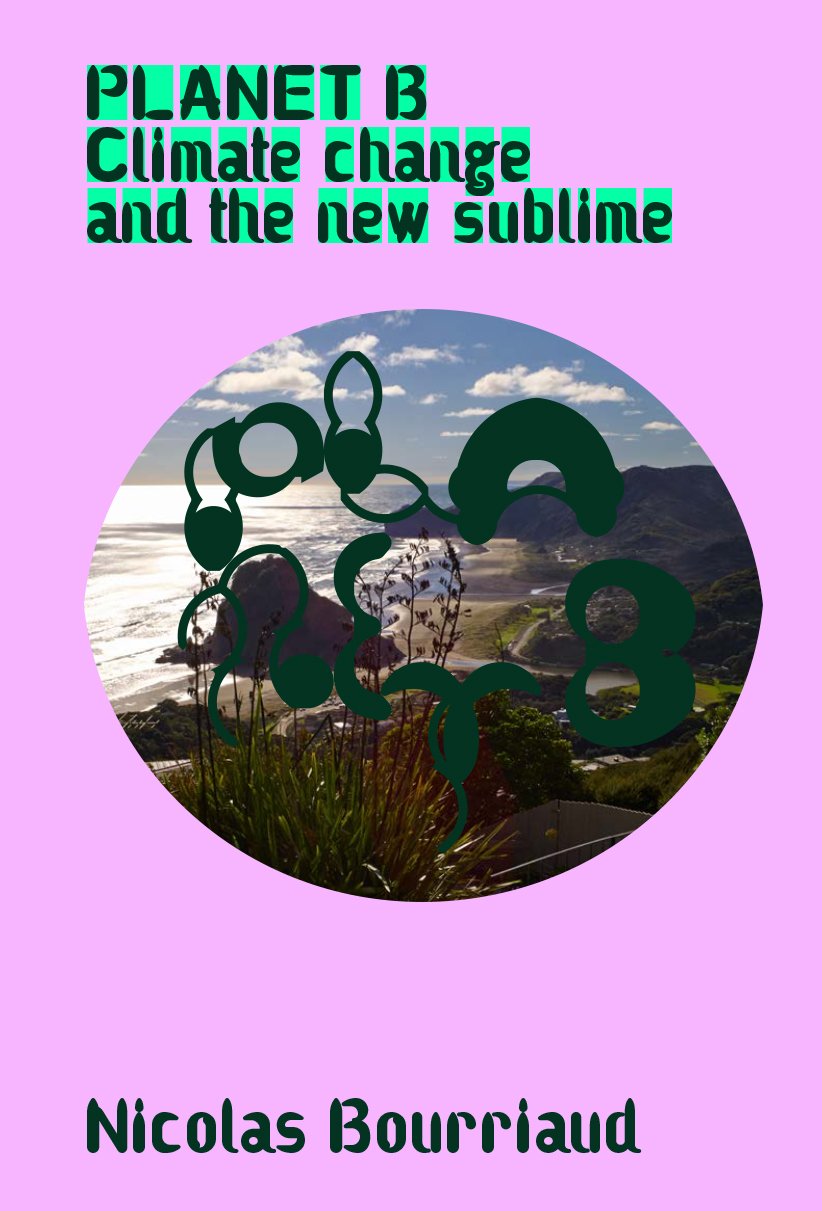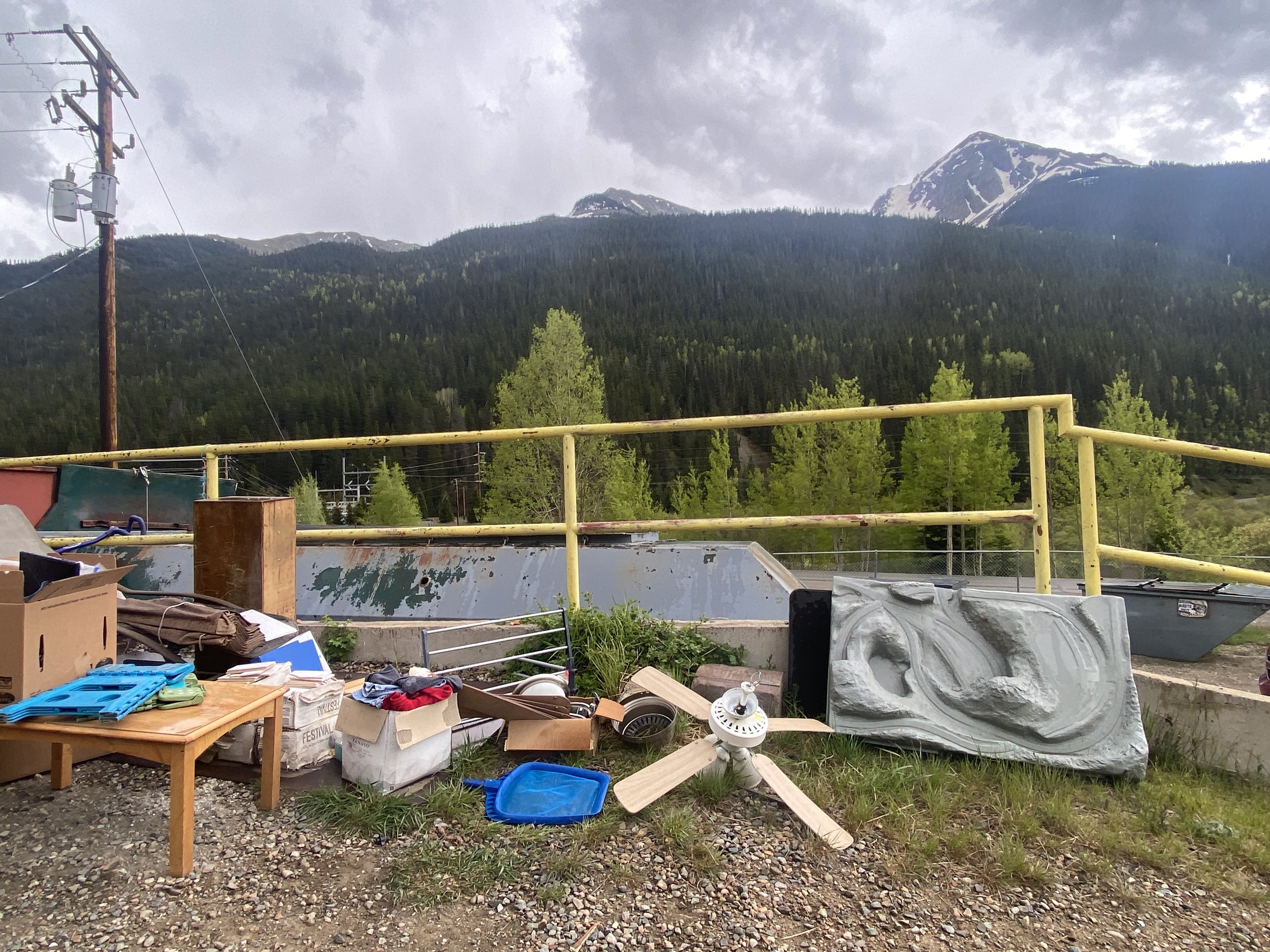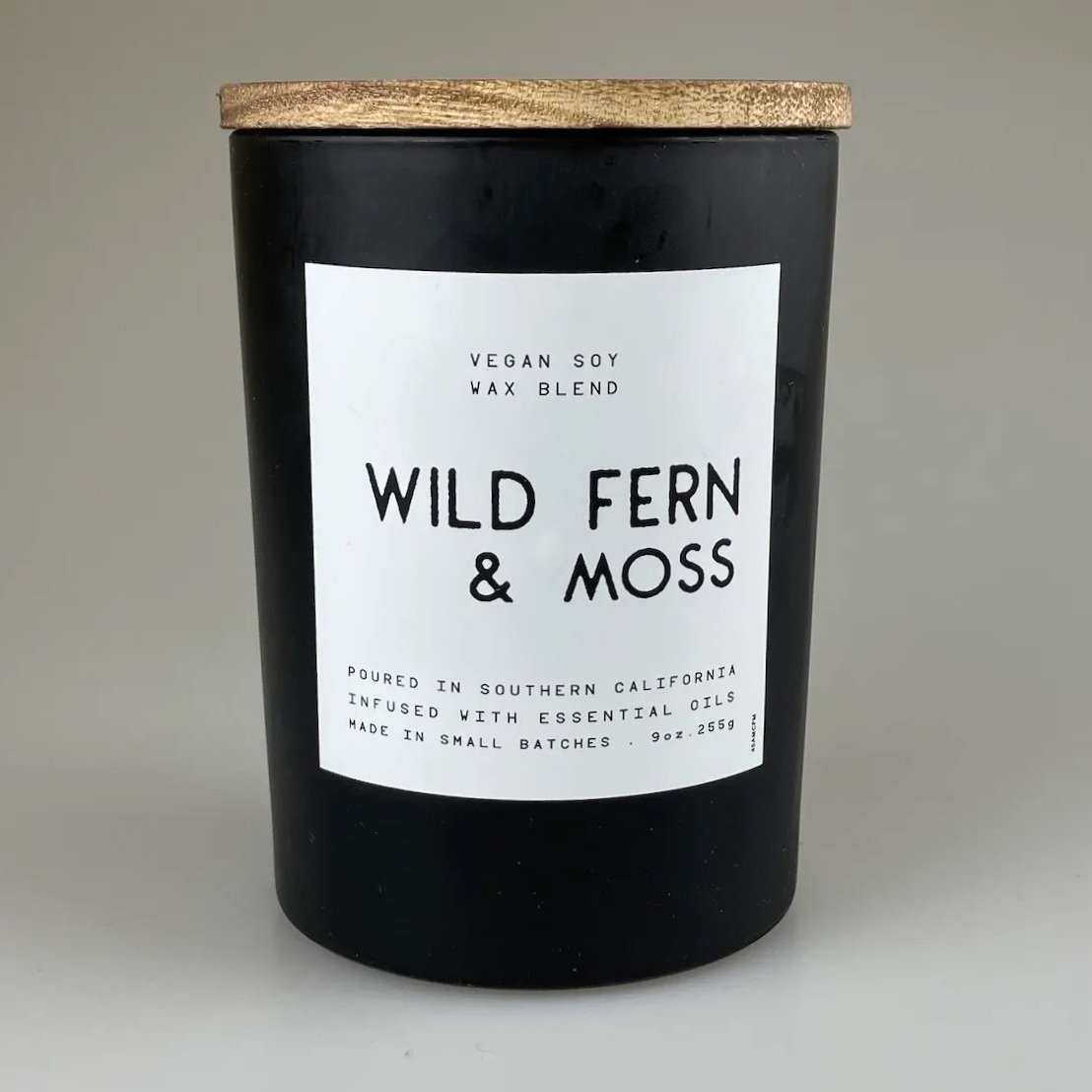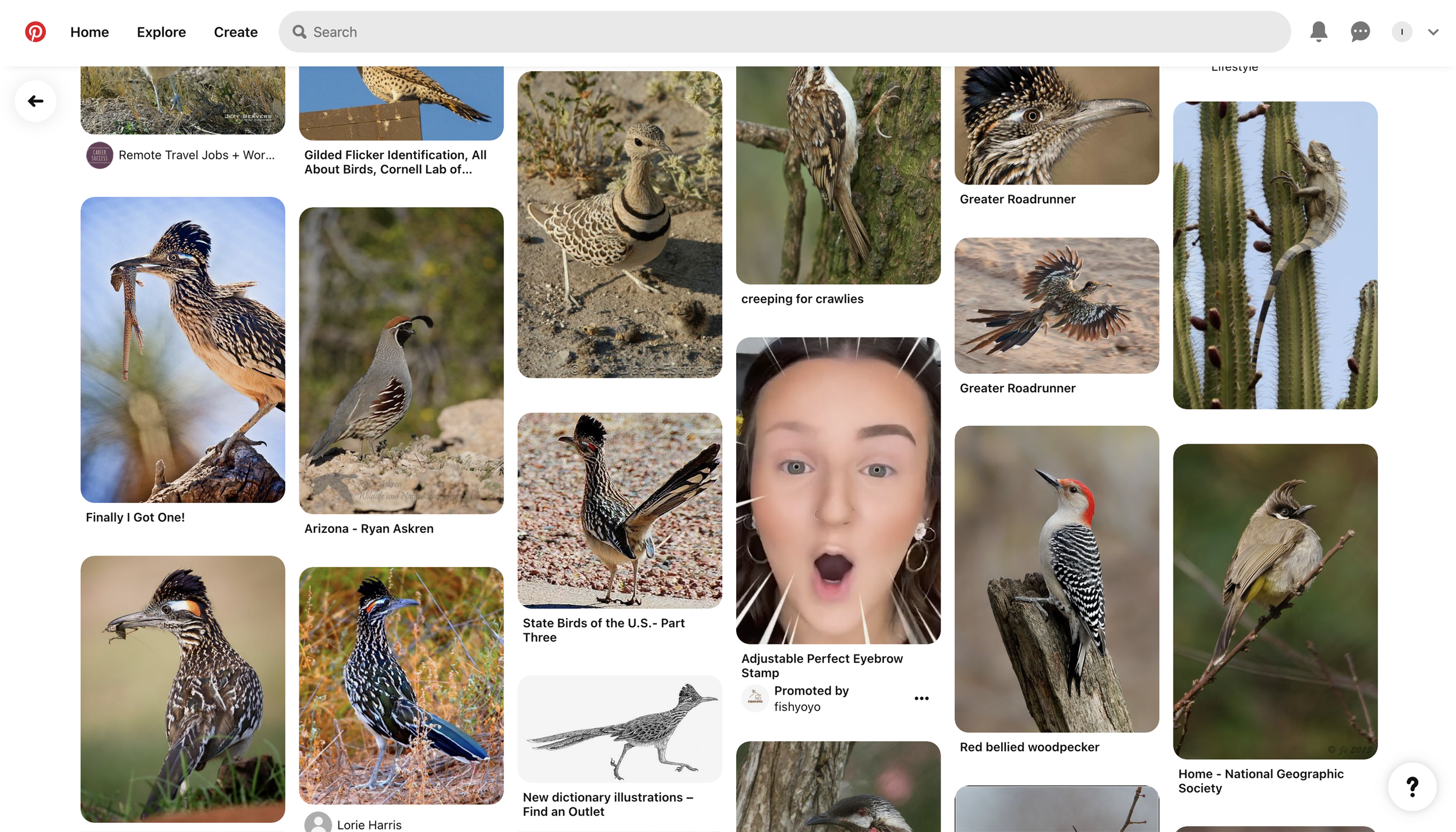Unearthed
2022–present
Unearthed is an ongoing arts-based research project investigating anthropocentrism, man-made causes of environmental imbalance, and the impacts of climate change on the Earth and its inhabitants, both human and non-human. Unearthed focuses on the nexus of technology, consumerism, anthropocentrism, and land politics. These nuanced and intersectional subjects are interrogated through multimedia installations incorporating found objects, mass-manufactured consumer products, industrial materials, and natural elements, as well as new and archival media.
My artistic practice examines how our relationships with visual media, material culture, nature and technology influence our social-cultural identities, senses of self, understandings of the world around us, and assumptions about our place in the universe. How do our daily experiences, both in front of and away from the screen, inform (and deform) the ways we relate to the natural world? How does “the glitch” exist, beyond its technological context, as a greater existential point-of-inquiry. How do we grapple with loss on such an unfathomable scale, particularly when those losses are at the hands of human activity?
Phase 1 of Unearthed (2022-2024) considered chaos, corrosion, death, and grief at the monumental scale of societal decay, species extinctions, and ecological collapse. Ideation began during my residencies at Stove Works and BONFIRE in 2022. Phase 1 was supported in part by a 2023-2024 City of Pasadena Individual Artist Grant and resulted in the completion of 8 new multimedia art installations, which premiered in an eponymous solo exhibition at Supplyframe DesignLab in Pasadena, CA (May 25–July 28, 2024) and “At the Intersections” during LA Climate Week 2024. Unearthed installations illuminated environmental crises and asked audiences to examine intersecting social issues, such as overconsumption, media saturation, overwhelm, and complacency.
Phase 2 (2025-) will continue with investigations of critical environmental issues and explorations of climate grief while introducing messages of hope and empowerment, highlighting restoration and conservation efforts, and providing pathways for audiences to engage with action-oriented opportunities that foster connection between people and the natural environment. A large part of this second phase, subtitled Unearthed: After the Eaton Fire, will be dedicated to examining the causes, grieving the losses, and celebrating the resiliency of my community in the wake of the January 2025 wildfire that caused such devastation in my community of Pasa/Altadena, California.
Studies for Unearthed
.
"Plastic rocks" found on Trindade Island in the state of Espirito Santo is seen at the laboratory of the Federal University of Parana in Brazil on March 7, 2023.
photo credit: David Swanson, AFP Via Getty Images
.
This is an artist-made image, created using AI technology
cell phone photo of laptop screen playing nature video
A Tommy Bahama ad plays before a YouTube video featuring news footage from the January 2022 tsunami that devastated Tonga
“Outside in the sunshine flooded canyon, long lines of cars rolled down with their freight of soft coal—coal which would go to the ends of the earth, to places the miner never heard of, turning the wheels of industry whose products the miner would never see. It would make precious silks for fine ladies. It would cut precious jewels for their adornment. It would carry long trains of softly upholstered cars across deserts and over mountains. It would drive palatial steamships out of wintry tempests into gleaming tropic seas, and the fine ladies in their precious silks and jewels would eat and sleep and laugh and lie at ease and would know no more of the stunted creatures of the dark than the stunted creatures knew of them.”
—from King Coal: A Novel by Upton Sinclair
*
“There is no such thing as just ‘landscape.’ The actual landscape is politicized through the events that take place on it. And I don’t think it’s possible for me in general to think about the American landscape without thinking about the colonial history and the colonial violence of that narrative.
What [is] interesting [is] that... both annihilation and then preservation shortly after can exist on the same geographic landscape.”

